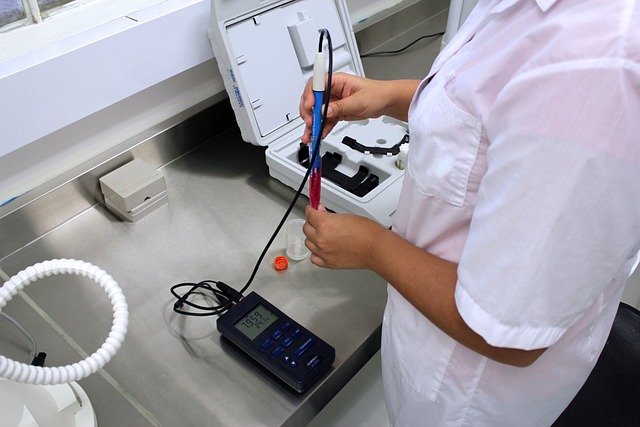Myths and Misconceptions
Myths and misconceptions surrounding sexually transmitted diseases (STDs) and sexual health are pervasive, often leading to misinformation that can have serious consequences for individuals and public health. Many people operate under the assumption that STDs only affect certain populations, leading to stigma and discrimination against those diagnosed. This section aims to debunk common myths and clarify misunderstandings to promote informed discussions about sexual health and encourage proactive preventive measures.
One prevalent myth is that only individuals with multiple sexual partners are at risk for STDs. This misconception can lead people to believe that they are safe if they are in a monogamous relationship. In reality, STDs can be transmitted through any sexual contact, including oral and anal sex. It is essential to recognize that the presence of an STD in one partner can put the other at risk, regardless of their sexual history. As a result, open communication between partners about sexual health and regular testing is crucial for prevention.
Another common belief is that individuals can determine if they have an STD based on symptoms alone. While many STDs can exhibit noticeable symptoms, such as sores or unusual discharge, many infections can be asymptomatic, particularly in the early stages. For instance, chlamydia and gonorrhea often do not present symptoms, especially in women, which can lead to severe complications if left untreated. Regular screening and awareness of one’s sexual health status are vital components of effective prevention strategies.
The myth that using contraceptives, such as birth control pills, offers complete protection against STDs is another dangerous misconception. While hormonal contraceptives are effective in preventing unintended pregnancies, they do not provide protection against sexually transmitted infections. Barrier methods, such as condoms, are critical for reducing the risk of STD transmission. It is essential for individuals to understand that combining different forms of protection can enhance safety during sexual activities.
Lastly, the stigma surrounding STDs often leads to the belief that a diagnosis equates to moral failure or promiscuity. This stigma can deter individuals from seeking testing or treatment, further perpetuating the cycle of infection. Education plays a crucial role in dispelling these myths. By fostering an environment where sexual health is openly discussed and understood, we can encourage individuals to prioritize their health and the health of their partners. Overcoming these misconceptions is vital for promoting a society that values sexual health education, prevention, and support.


No responses yet